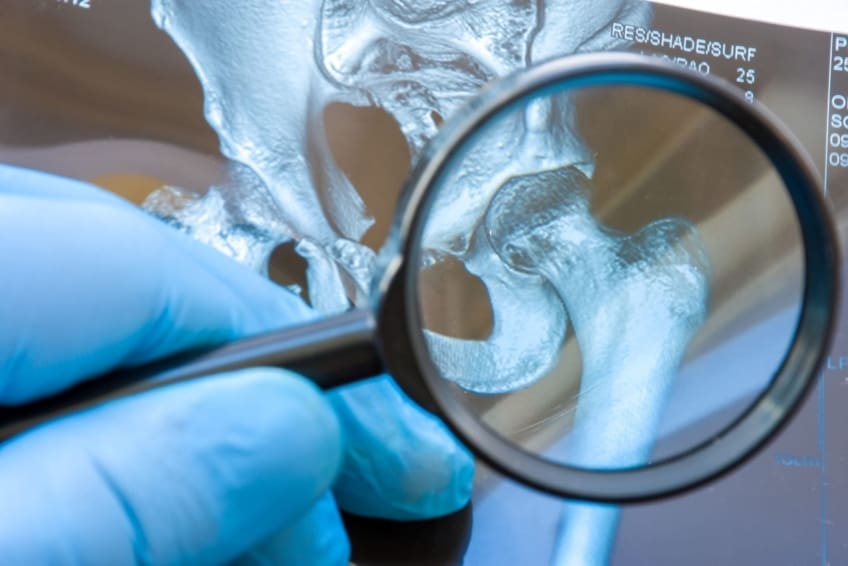
What is toxic synovitis, or transient synovitis of the hip?
Transient synovitis of the hip, also called toxic synovitis, is an inflammation and swelling of the tissues around the hip joint. Usually only one hip is affected. This condition is called “transient” because it lasts only a short time. Transient synovitis of the hip is the most common cause of sudden hip pain in children.
Transient synovitis of the hip usually occurs in children between 3 and 10 years of age. Sometimes it occurs in children younger than 3 years of age. It is more common in boys than in girls.
Symptoms of toxic synovitis
The main symptom is pain in the hip. In some children, the hip pain gets worse very quickly. In other children, the hip pain gets worse slowly. At first, the hip pain may be so mild that they don’t know there is something wrong.
When the pain gets bad enough, children who have toxic synovitis have a hard time walking. If your child has transient synovitis of the hip, he or she may have pain whenever the hip is moved. Your child may walk with a limp. Because of the pain, your child may have trouble standing. Some children may have pain of the inner thigh or knee area, instead of around the hip. Many children who have this condition want to lie on their back with the knee on the side that hurts bent and turned out with their foot pointed away from their body. This position may lessen the pain.
What causes transient synovitis of the hip?
Doctors don’t know the exact cause of transient synovitis of the hip. It might be caused by a virus or it might be from an allergic reaction to an infection somewhere else in the body.
How is toxic synovitis diagnosed?
Your doctor will look at your child’s hip to find out what kind of movement makes the pain worse. Your doctor may order blood tests, X-rays, and an ultrasound. These tests will help your doctor make sure that the cause of hip pain isn’t caused by something more serious.
Can transient synovitis of the hip be prevented or avoided?
Since doctors don’t know what causes transient synovitis of the hip, it can’t be prevented or avoided.
Transient synovitis of the hip treatment
Rest at home is the most important way to help your child’s hip get better. Your child may need to take a nonsteroidal anti-inflammatory medicine, such as ibuprofen (brand names: Advil, Motrin), to reduce the swelling and inflammation around the hip joint. Also, your doctor may advise you to apply heat to your child’s hip. Massage may make the area to make it feel better, too.
Your child’s doctor will probably ask you to take your child’s temperature regularly and to report any temperature higher than 99.5°F. A fever may mean that your child has a problem other than hip synovitis. To make sure that your child is doing well, your doctor may want to recheck your child 12 to 24 hours after the first visit.
With rest and medicine, your child’s hip will probably get better in 3 or 4 days. After the pain leaves, your child can resume his or her usual activities. In most children, there are no complications from transient synovitis of the hip. They recover completely. To make sure everything is all right, your doctor may want to take another X-ray of your child’s hip in about 6 months.
Living with transient synovitis of the hip
If the pain is still bad after 10 days, your child should be rechecked by your doctor. Your doctor may order some tests to make sure there isn’t something else wrong with your child’s hip.
Questions to ask your doctor
- What is the likely cause of my child’s hip pain?
- What is the best treatment option?
- Do I need to take my child’s temperature on a regular basis? What should I do if he/she develops a fever?
- How long before my child can expect relief from his/her pain?
- Is there anything I can do at home to help relieve my child’s pain?
- Is it possible that my child’s symptoms could return?
- Is it safe for my child to exercise? What kind of exercises are ok?
![]()
Copyright © American Academy of Family Physicians
This information provides a general overview and may not apply to everyone. Talk to your family doctor to find out if this information applies to you and to get more information on this subject.






